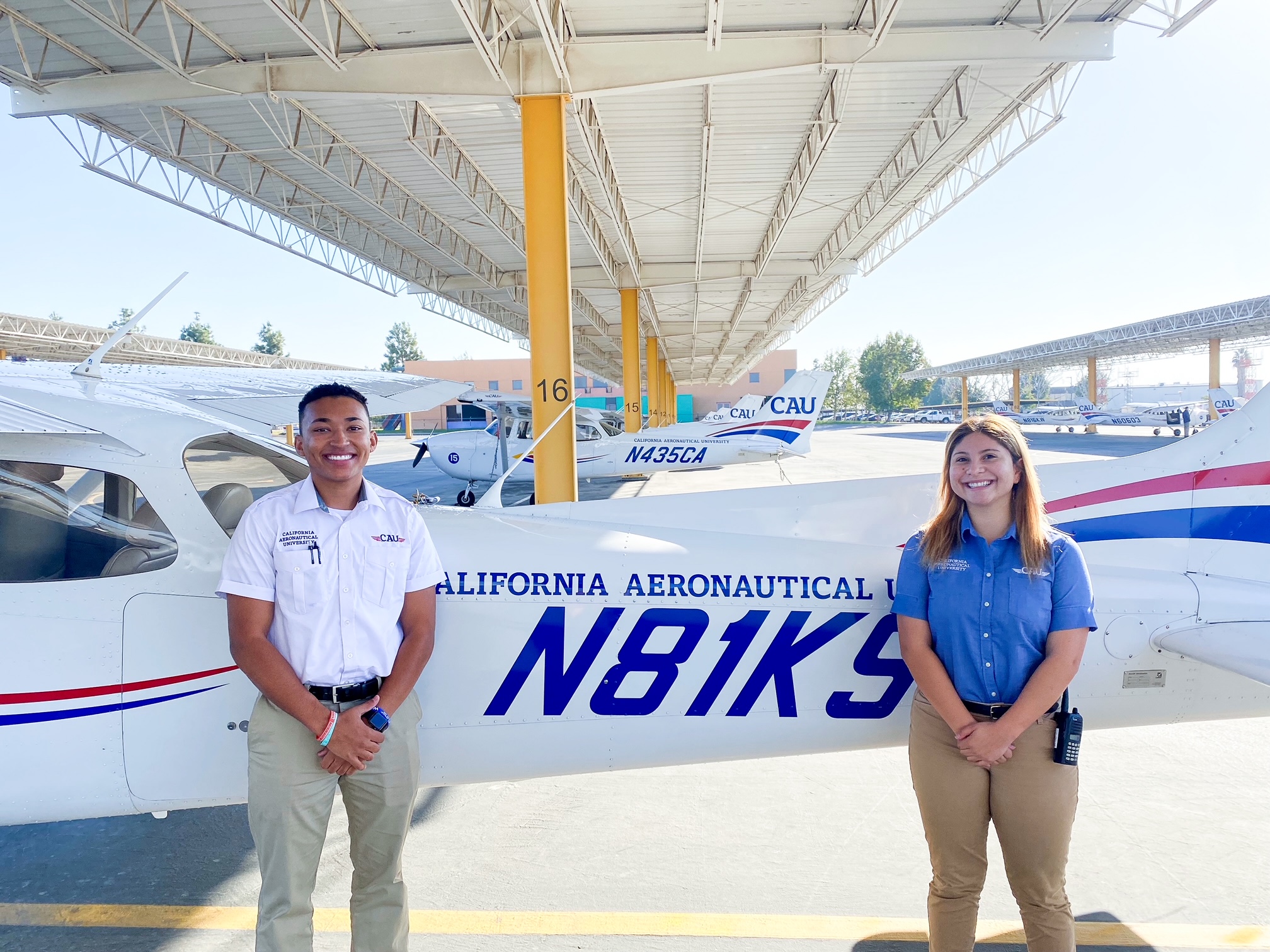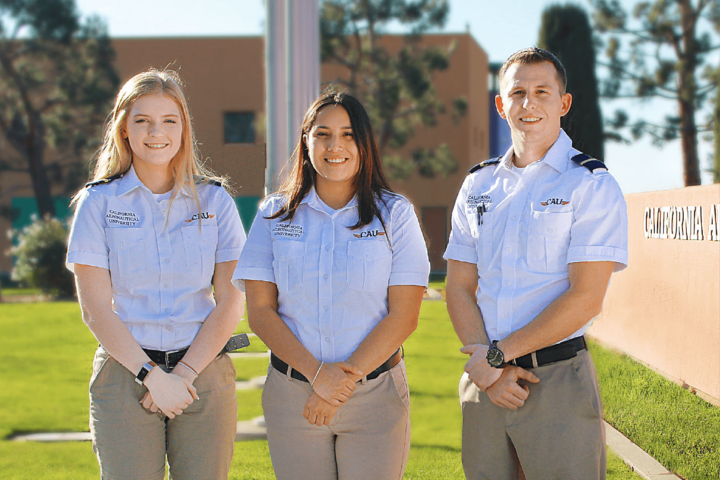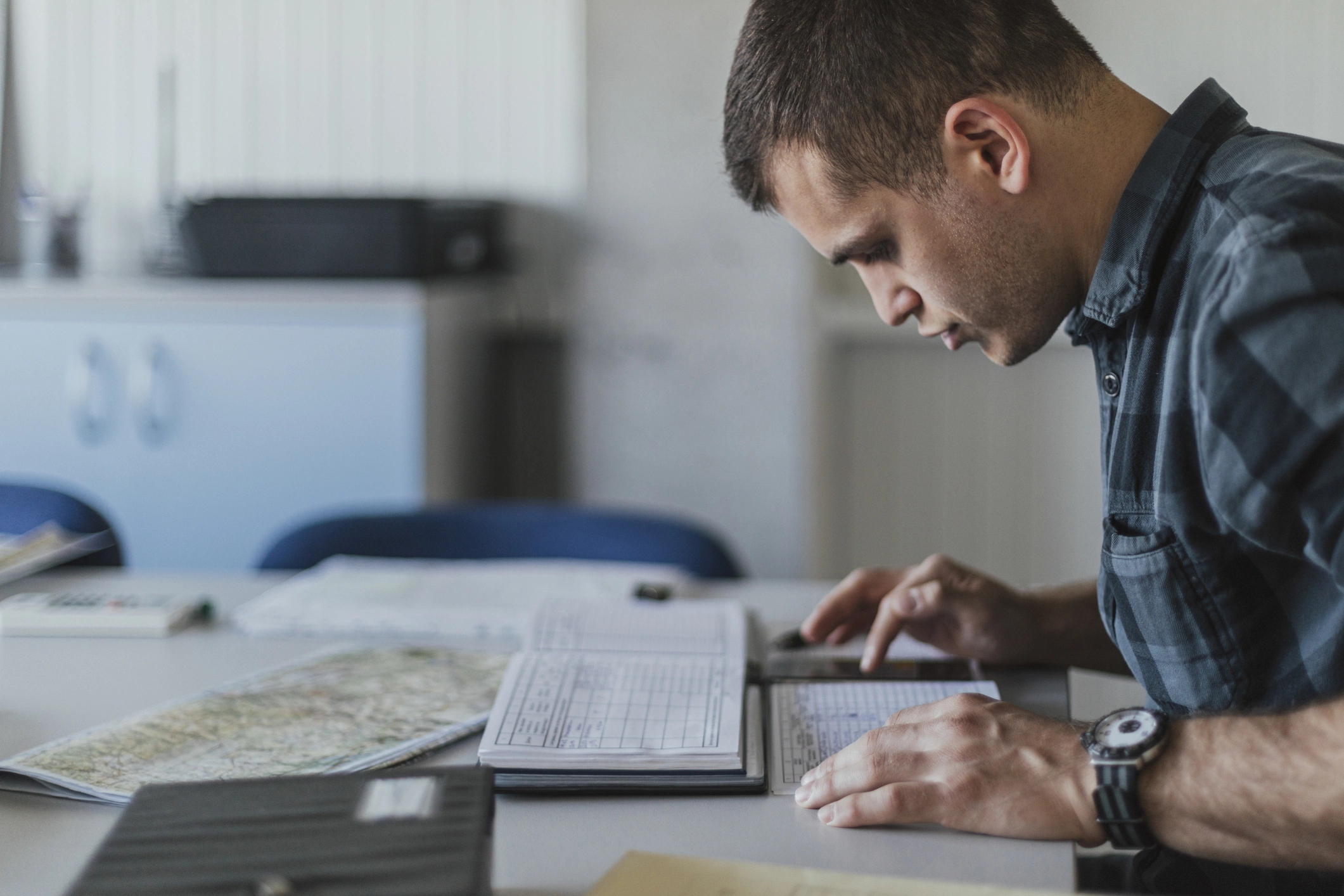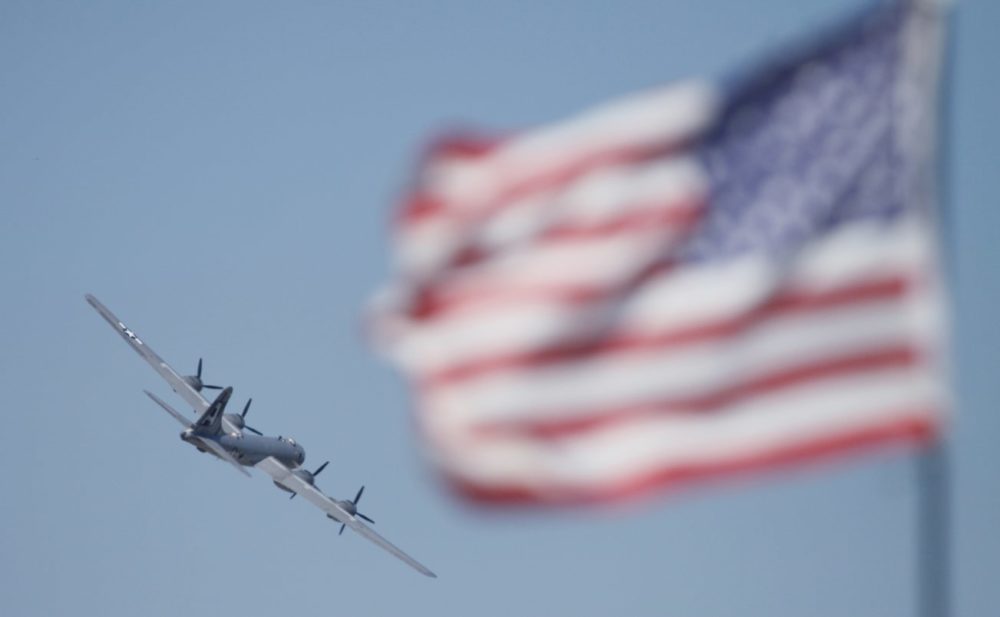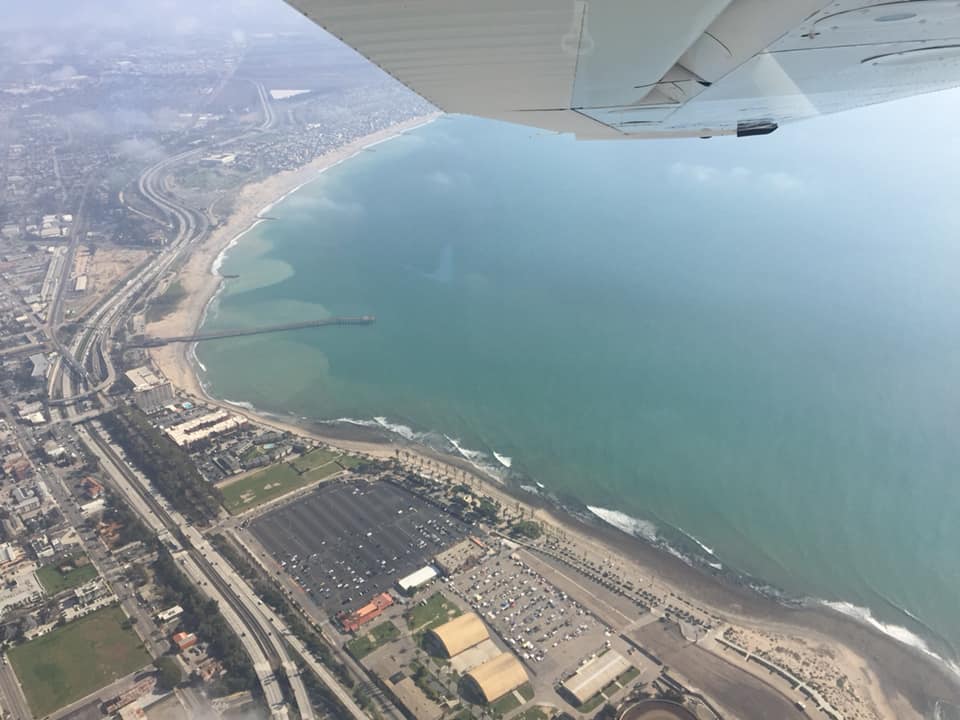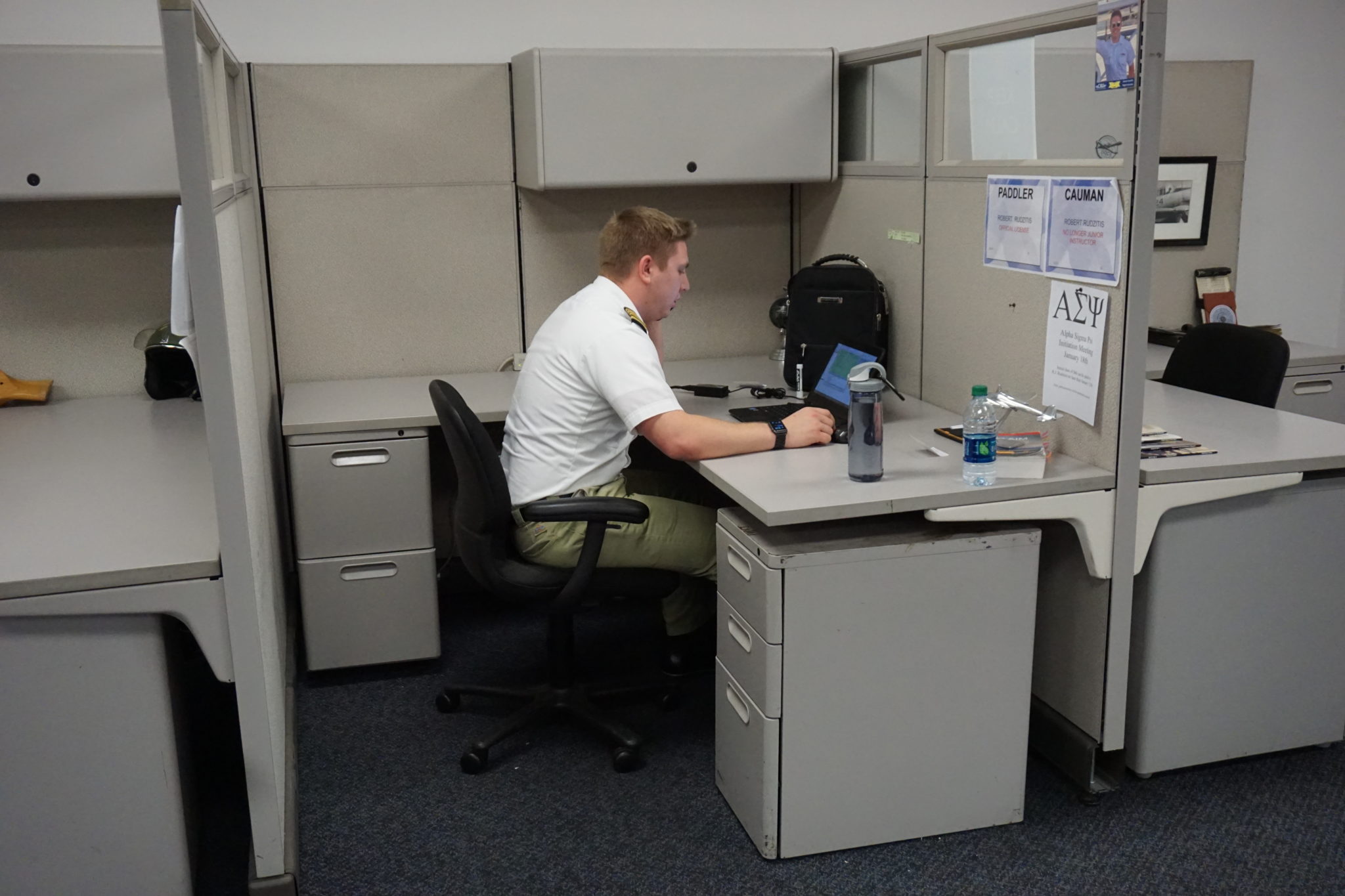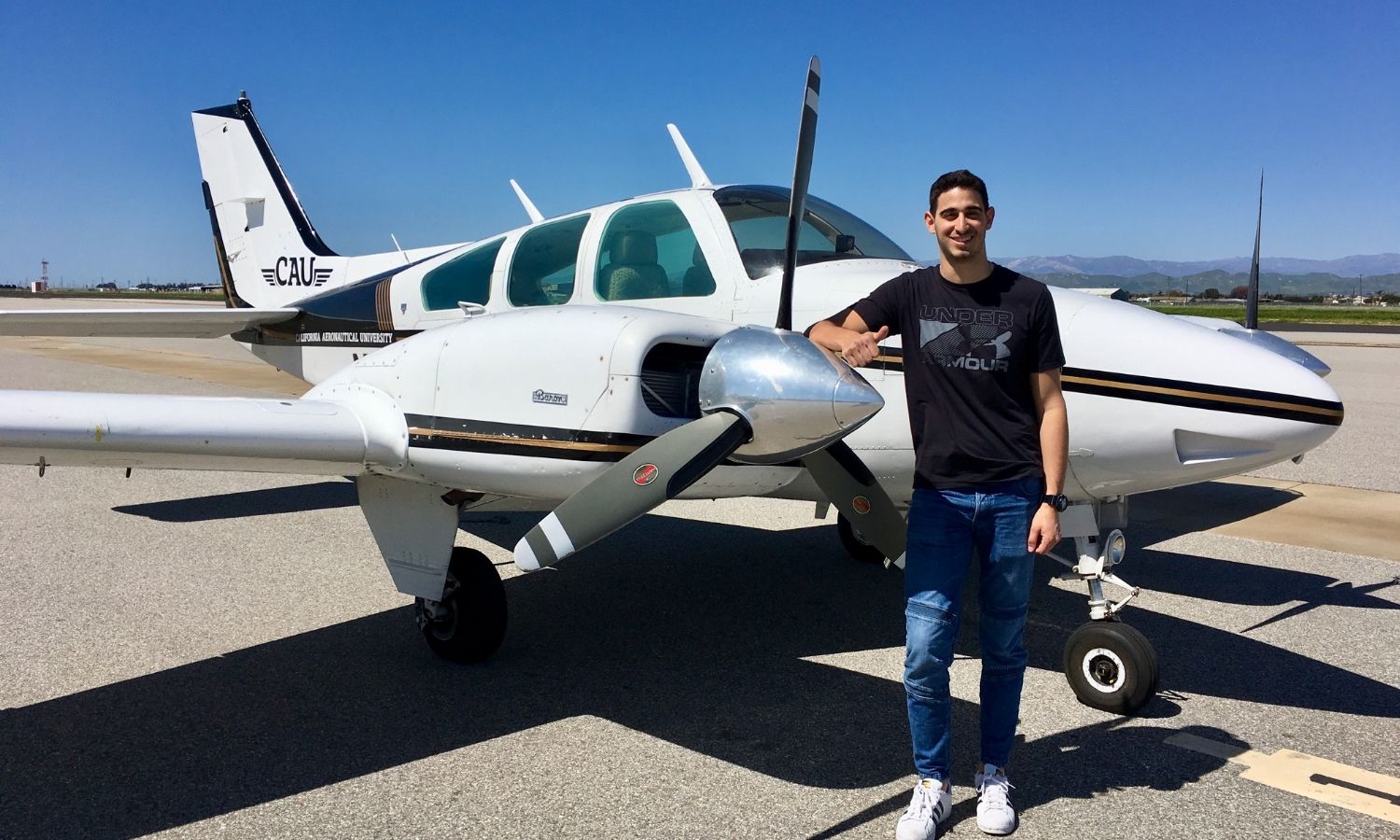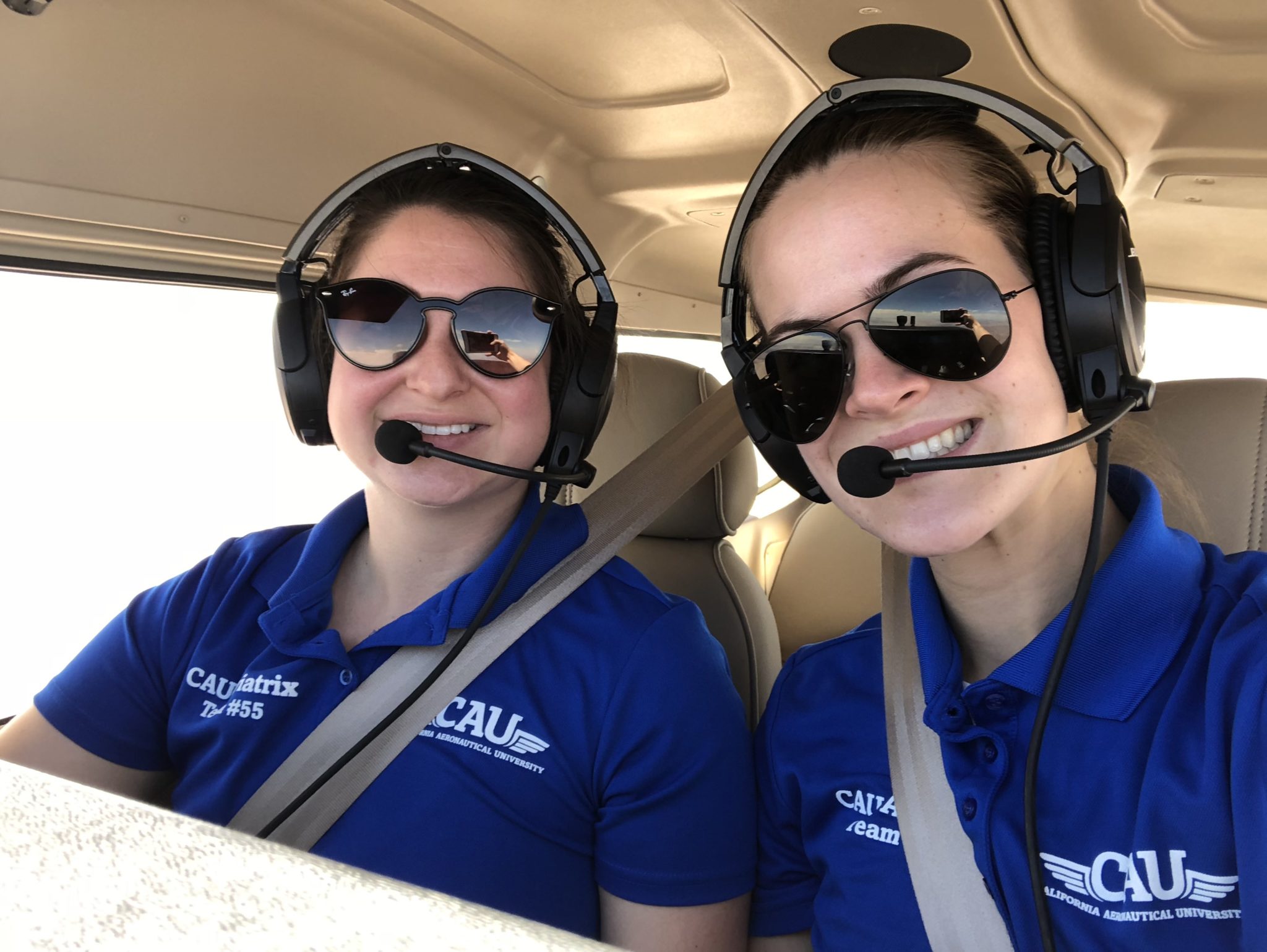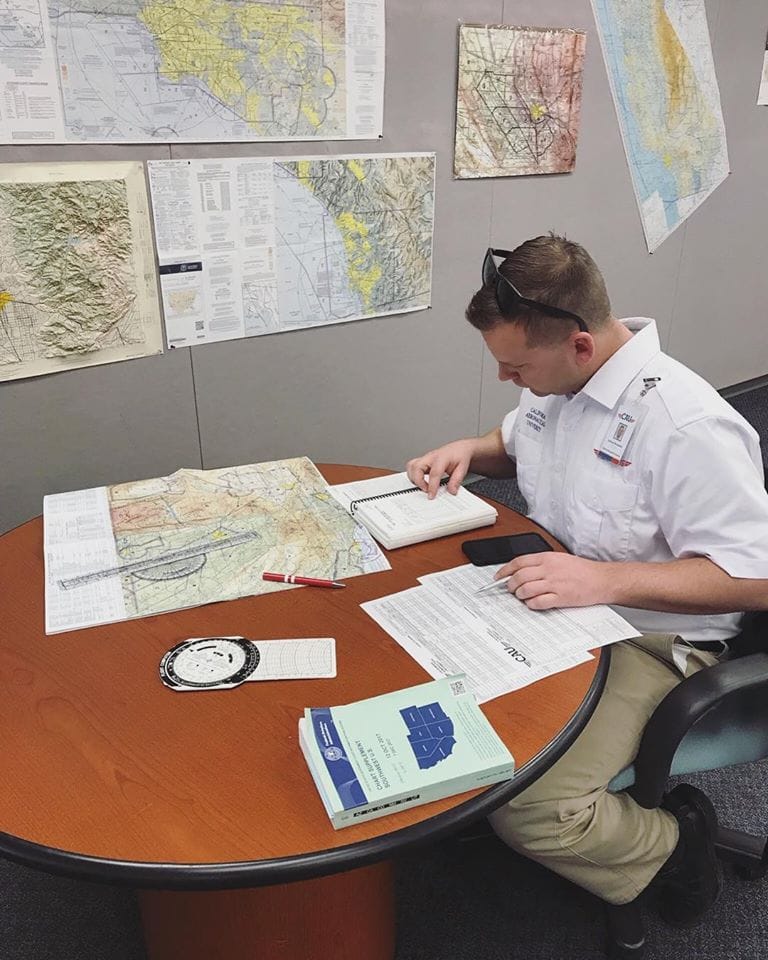Preparing for your first solo flight can be a stressful milestone in your aviation education. Here’s how to prepare for your solo and take the next step towards your aviation career.
[lwptoc numeration=”none” skipHeadingText=”Share This:”]
The day has finally arrived. You are about to become a real aviator. Flying solo is the first step of many where you will be required to show you have what it takes. There is only one person who can take this step. You! Absolutely nobody else can do it for you.
As a result, you will want to do all you can to ensure your day goes smoothly. Today we will take you through a few key steps on how to prepare for your first solo flight.
1. Relax
Does anyone ever perform well when they are tense? While flying solo for the first time can be daunting, it should also be enjoyed. Try and relax. This will not be the biggest challenge you face in your aviation career. While it seems like a big thing now, your short flight around the circuit will soon stretch to multiple solo flights, sometimes hours in duration.
You will also have to fly solo cross-country flights to gain your private pilot certificate, so what are 10 minutes in the circuit?
Your first solo flight is meant to be an enjoyable experience. You will be performing drills and maneuvers that you have practiced many, many times before. There should be no surprises, so relax and look forward to becoming a real aviator!
2. Rest Before Your First Solo Flight
Easy for us to say, we know.
No doubt your head is whirling at the thought of taking command of an aircraft. It is natural.
But try your best to get a good night’s sleep beforehand. If you are well-rested, you have a greater chance of performing at an optimum level.
3. Rehearse
Before undertaking your first solo flight, you must rehearse any procedures and drills to perfection. If you read about Chuck Yeager, he used to sit in a cockpit with his eyes covered, touching switches and buttons he would need during drills. He knew the airplane blindfolded.
Follow Chuck’s example. By committing things to memory that can be easily learned on the ground, you free up brainpower and capacity to focus on what really matters.
The flying.
An aviation university will have ways that you can rehearse and practice without needing to be in the air. Cockpit diagrams are a great way to practice checklists. Flight simulation allows you to practice in a safe environment. There are lots of online resources so you can mentally rehearse before undertaking the real flight.
4. Ask Questions
In flying, there is no such thing as a bad question. Your instructors are there for a reason. Use them. If there is something you are not sure of, then ask the question.
You are going to be flying solo. Once those wheels leave the ground, the option to ask questions is somewhat limited.
At CAU, there is a pool of students and instructors who have more experience than you – just look at the epaulets on their shoulders. You can utilize this pool of knowledge to your advantage. Get all of those doubts out of the way. That way, you can enjoy your first solo flight without wondering ‘what if?’
5. Check the Weather and Be Patient
You are no doubt ready and excited to go solo. However, you will need to check the weather.
If the conditions are not suitable, then do not be disappointed. You want your first solo to be memorable for all the right reasons.
Choosing a flying school with consistent weather conditions is a great way to help prevent weather from grounding your first solo flight.
6. Brief Yourself
A good flight follows a good briefing. While you might be used to briefing your instructor during the course of your hands-on flying lessons, just because they are not there does not mean you should not perform a brief.
Before take-off, talk yourself through what will happen and how you are going to do it. Also, run through some contingency plans if things are not going as expected.
It is far better to think about things on the ground instead of when you are in a dynamic environment aloft.
7. Take a Picture
Ask any pilot to recount their first solo flight, and they will be able to tell you about it in an instant.
Everyone remembers the first time that they flew an airplane solo, and you will too! Be sure to ask someone to take a picture or, even better, a video. In years to come, when you are established in an airline career, you will look back on your first solo with fond memories, and it is nice to have a picture to see how far you have come.
8. Be Confident On Your First Solo Flight
This tip is a big one. Be confident.
Provided you have chosen a good training provider, you are only released to fly solo when your instructors are sure that you are ready. So here is a top tip.
Your instructor is obviously confident in you, so share their confidence. You will have been trained specifically for this moment, rise to the challenge and prove that their faith in you is well placed.
California Aeronautical University is ready to help you launch your aviation career. Inquire about enrollment today.
Ready to soar in your aviation career?
Mr. Matthew A. Johnston has over 23 years of experience serving various roles in education and is currently serving as the President of California Aeronautical University. He maintains memberships and is a supporting participant with several aviation promoting and advocacy associations including University Aviation Association (UAA), Regional Airline Association (RAA), AOPA, NBAA, and EAA with the Young Eagles program. He is proud of his collaboration with airlines, aviation businesses and individual aviation professionals who are working with him to develop California Aeronautical University as a leader in educating aviation professionals.
